What's wrong with my tomato plant?
Kristina Young
7 years ago
Featured Answer
Sort by:Oldest
Comments (6)
Kristina Young
7 years agolast modified: 7 years agoRelated Discussions
What's wrong with my tomato plant?
Comments (0)This is a Cherokee Purple and it's growing in a pot. The tomatoes got blossom rot so I just gave it calcium yesterday but what's wrong with the leaves? Seems to just be on the bottom half of the plant. Do I need to remove the leaves? Any help/advice would be much appreciated!...See MoreWhat's Wrong with my Tomato Plants Leaves?
Comments (5)The leaf at the bottom of the photo might have gotten a bit pinched by the seed coat. No problem. I've seen much worse damage to cotyledons. Of more concern is whether you planted in potting mix or dirt. This post was edited by missingtheobvious on Thu, Mar 21, 13 at 20:04...See MoreWhats wrong with my tomato plant?
Comments (11)jean is right, that is *not* glyphosate damage, that looks like 2-4D damage. My first year of gardening I listened to my grandpa and he said "aw hell just spray roundup around the plants to keep the weeds down. Well, my tomatoes looked like this afterwards: 2-4D causes plants to basically grow themselves to death, it causes the plant to grow in all kinds of weird directions and shapes, it makes them curl. If it is herbicide damage, then My vote goes into the 2-4D type of chemicals. Are there any farm fields next to you that might have gotten sprayed? Another thing no one has mentioned yet is disease, I was scolded and scared by my dad and grandpa when getting advice "you never never never plant tomatoes in the same dirt year over year" they said. Eggplant, peppers, potatoes, tomatoes, and tobacco are all in the nightshade family. They will be vulnerable to the same sets of diseases. Here is a link that might be useful: My Garden...See MoreWhat's wrong with myTomato plant? 1 pic.
Comments (3)All of those things would prefer their own pot because of the different needs they have. The tomato looks like it might recover and grow if given it's very own, larger (perhaps much larger depending on variety) container. Soon. It also looks like maybe it has had too much water recently. Cheers!...See Moregorbelly
7 years agoKristina Young
7 years agogorbelly
7 years agoKristina Young
7 years ago
Related Stories
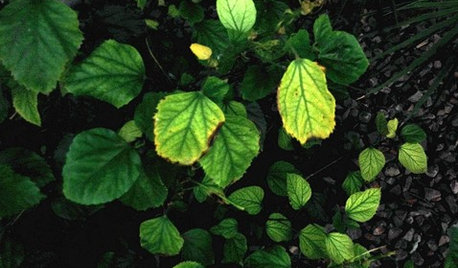
GARDENING GUIDESWhat's Wrong With My Plant? Leaves Often Hold the Clues
Learn how to identify common plant ailments by reading their leaves
Full Story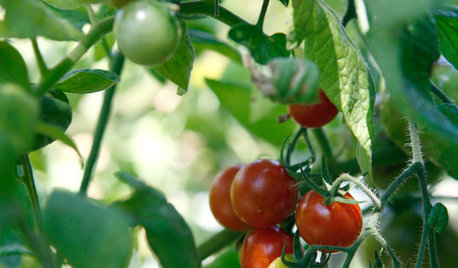
EDIBLE GARDENSSummer Crops: How to Grow Tomatoes
Plant tomato seedlings in spring for one of the best tastes of summer, fresh from your backyard
Full Story
LIFEKitchen Traditions: Tomato Season Meets a Family Legacy
Somewhere a Sicilian great-great-grandmother is smiling at a bowl of American-made sauce
Full Story
ARCHITECTUREHouzz Tour: Fresh Ideas in a Former Tomato Packing Shed
A formerly metal-clad structure is now a beautiful wood home designed to capture the light and preserve open space
Full Story
COLOR8 Color Palettes You Can't Get Wrong
Can't decide on a color scheme? Choose one of these foolproof palettes for a room that feels both timeless and fresh
Full Story
LIFEYou Said It: ‘Every Room Should Have the Right Wrong Thing’ and More
This week on Houzz we were inspired to break out of catalog styling ruts and let our design freak flags fly
Full Story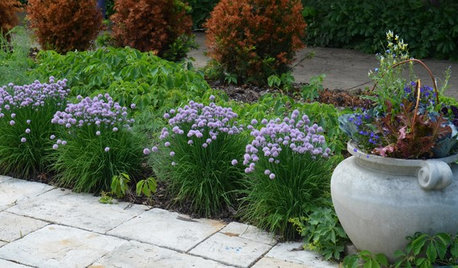
GARDENING GUIDESEdible Plants That Double as Ornamentals
Try growing these tasty plants with your ornamentals for an attractive garden and fresher meals
Full Story
HOUSEPLANTS8 Essentials for Healthy Indoor Plants
Houseplants add so much to our homes — and can thrive when grown in the right conditions. Keep these tips in mind
Full Story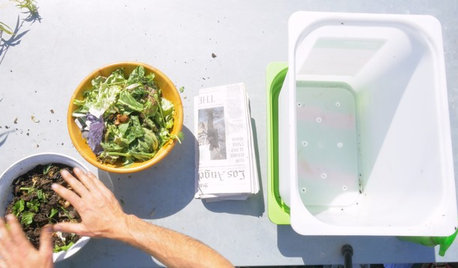
GARDENING GUIDESHouzz TV: Make a Worm Bin for Rich Soil and Happy Plants
A worm-powered compost bin that can fit under a sink turns food scraps into a powerful amendment for your garden. Here’s how to make one
Full Story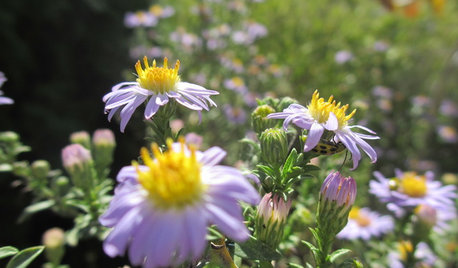
NATIVE PLANTSPlant These Fall-Flowering Natives in Early Summer for Pollinator Love
These 3 groups of plants will support masses of beneficial insects come autumn
Full Story


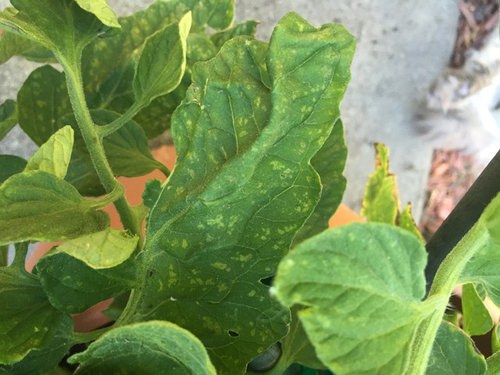


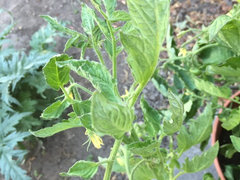
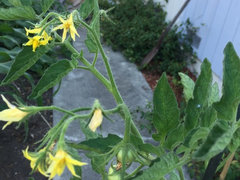
gorbelly